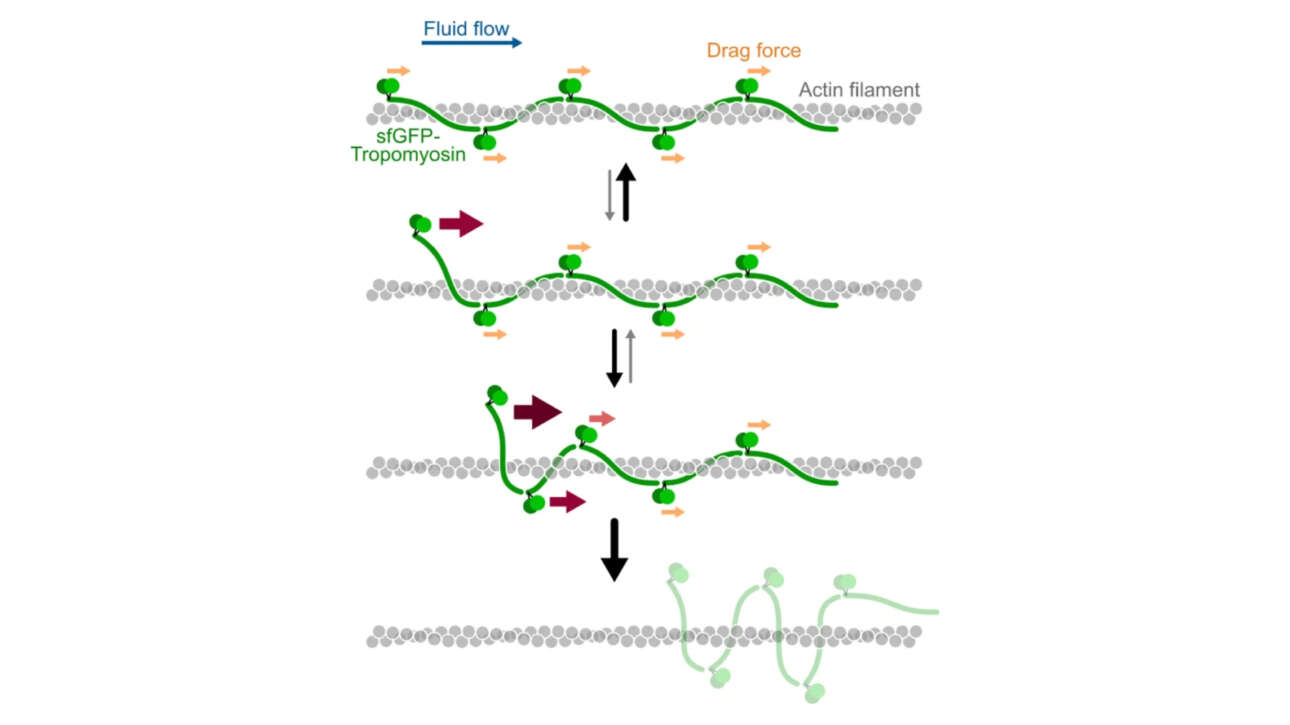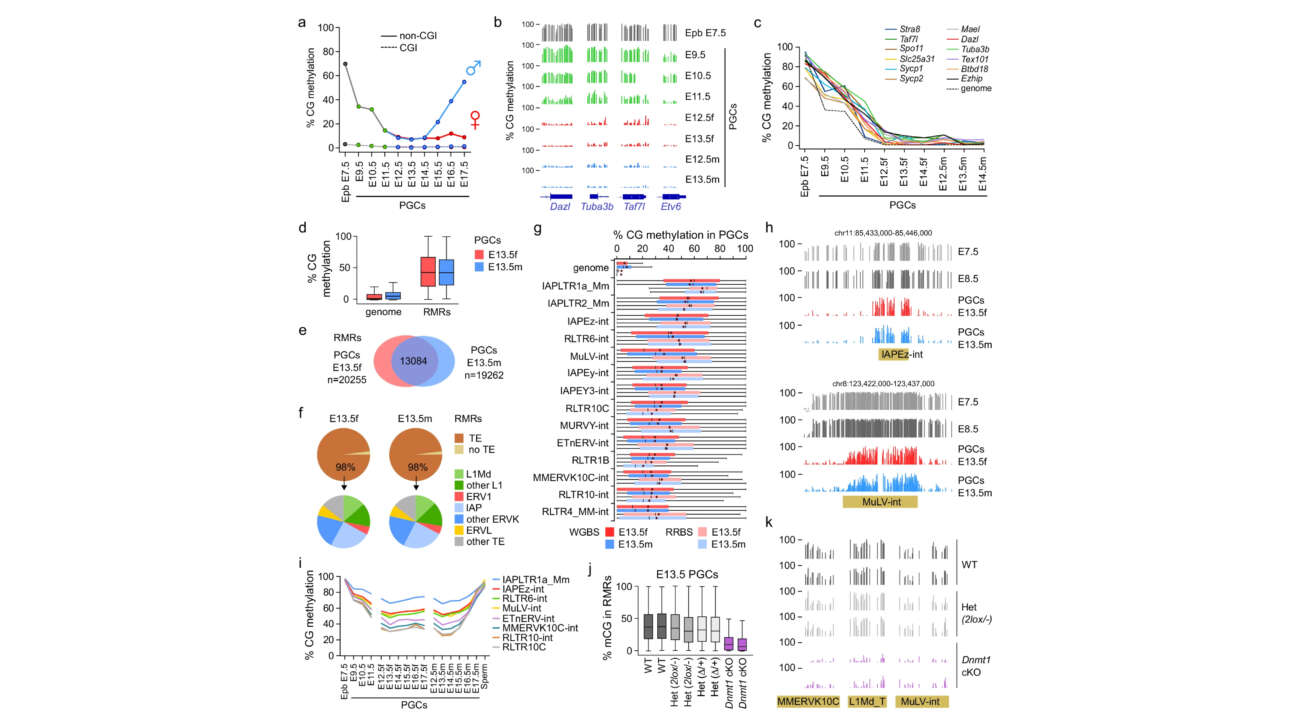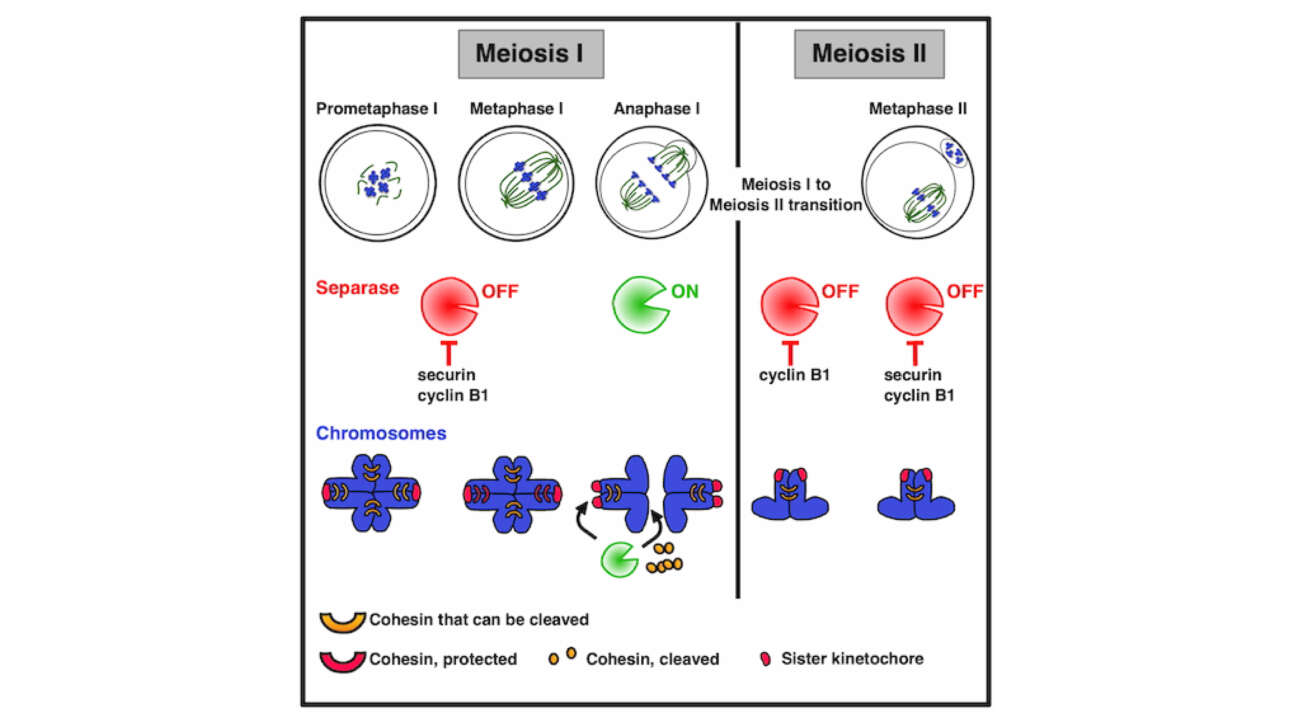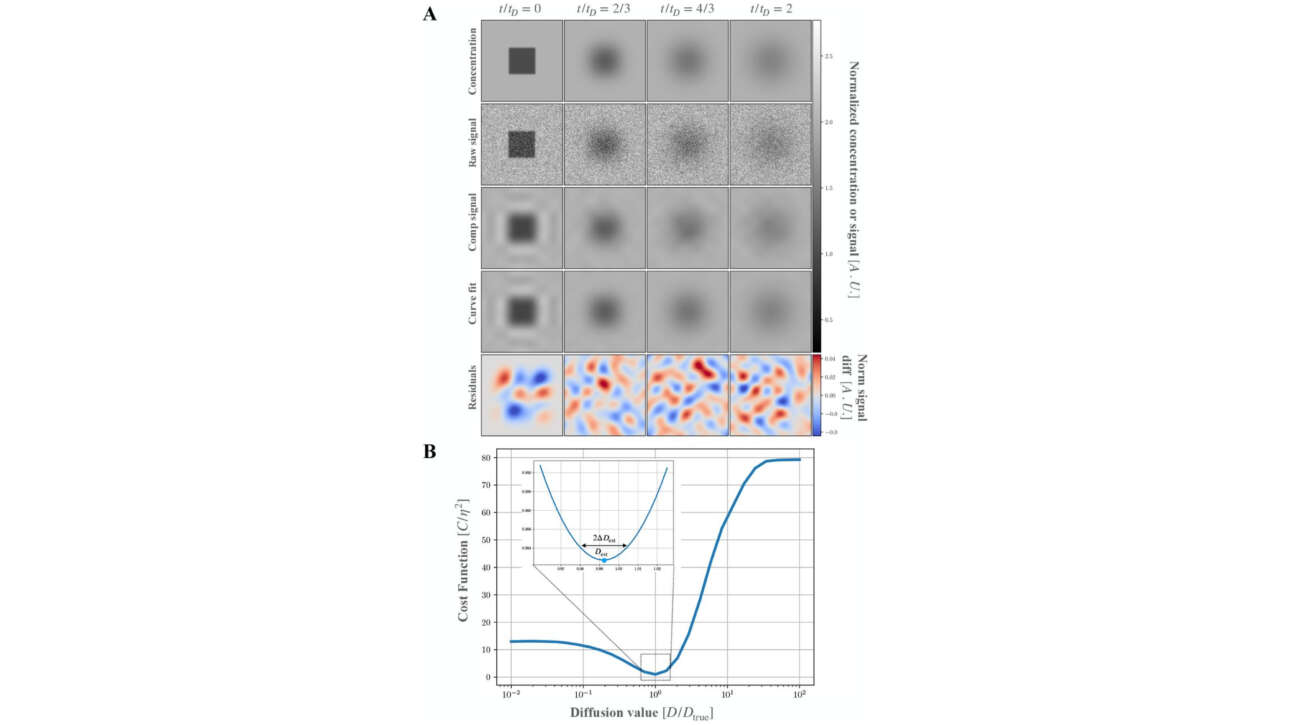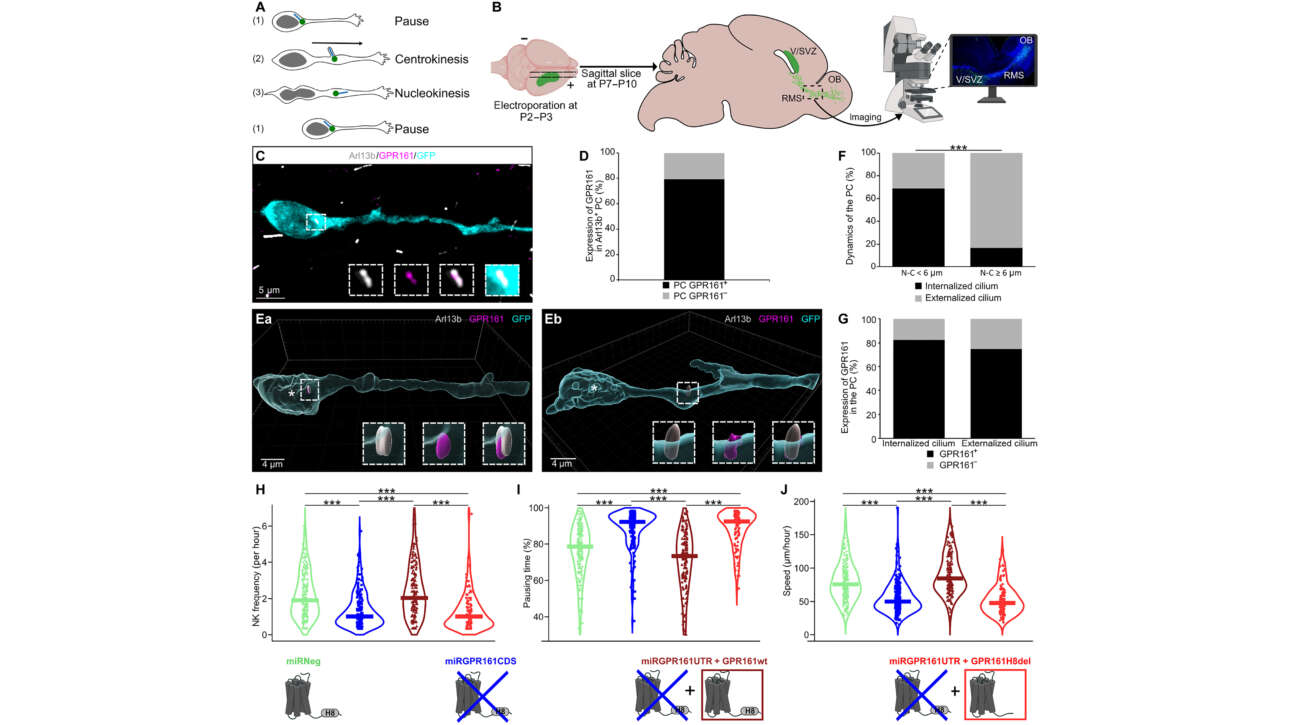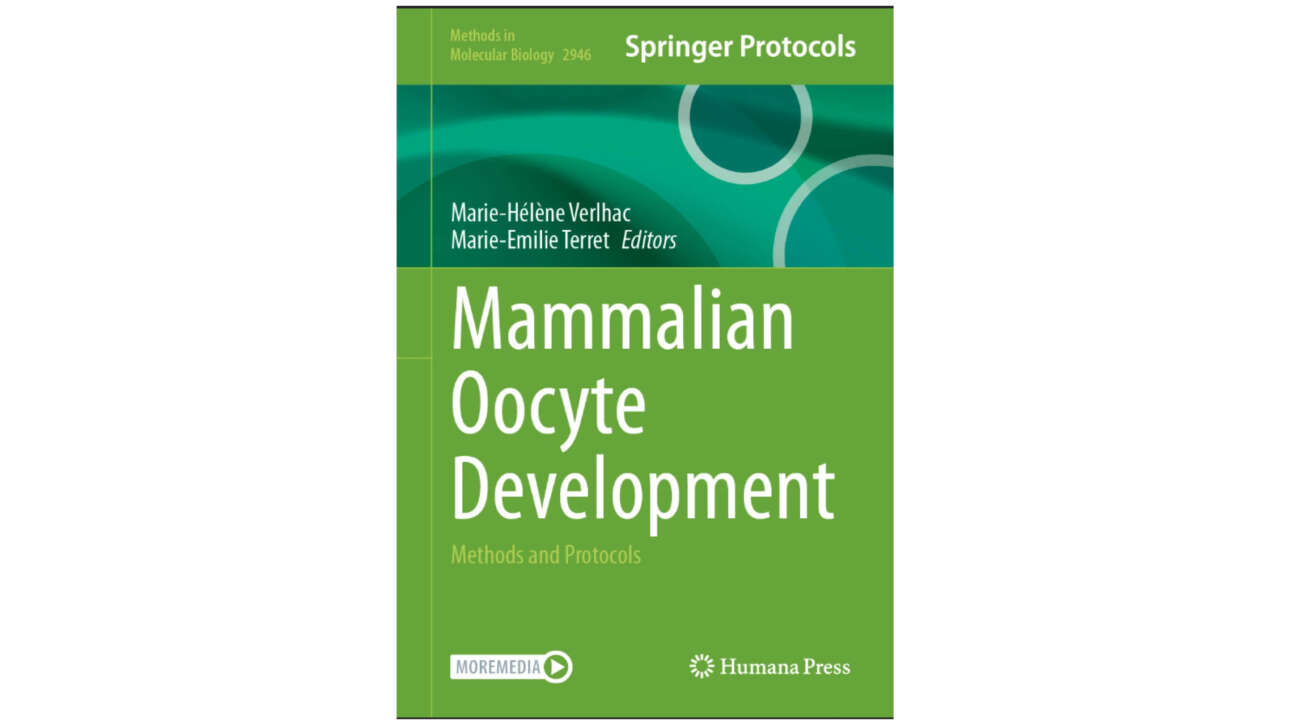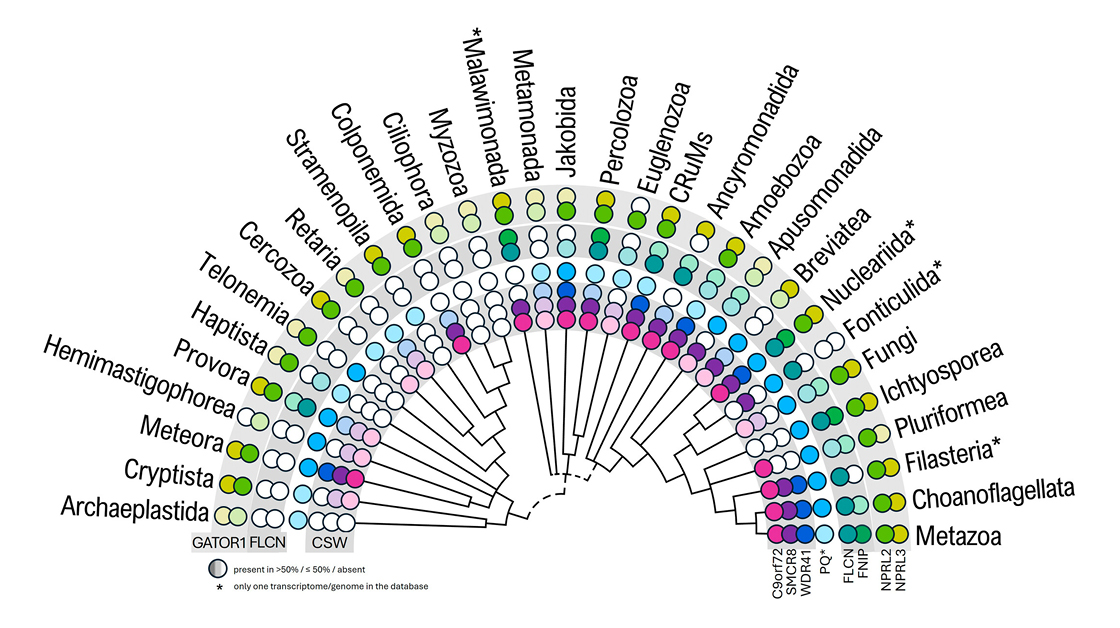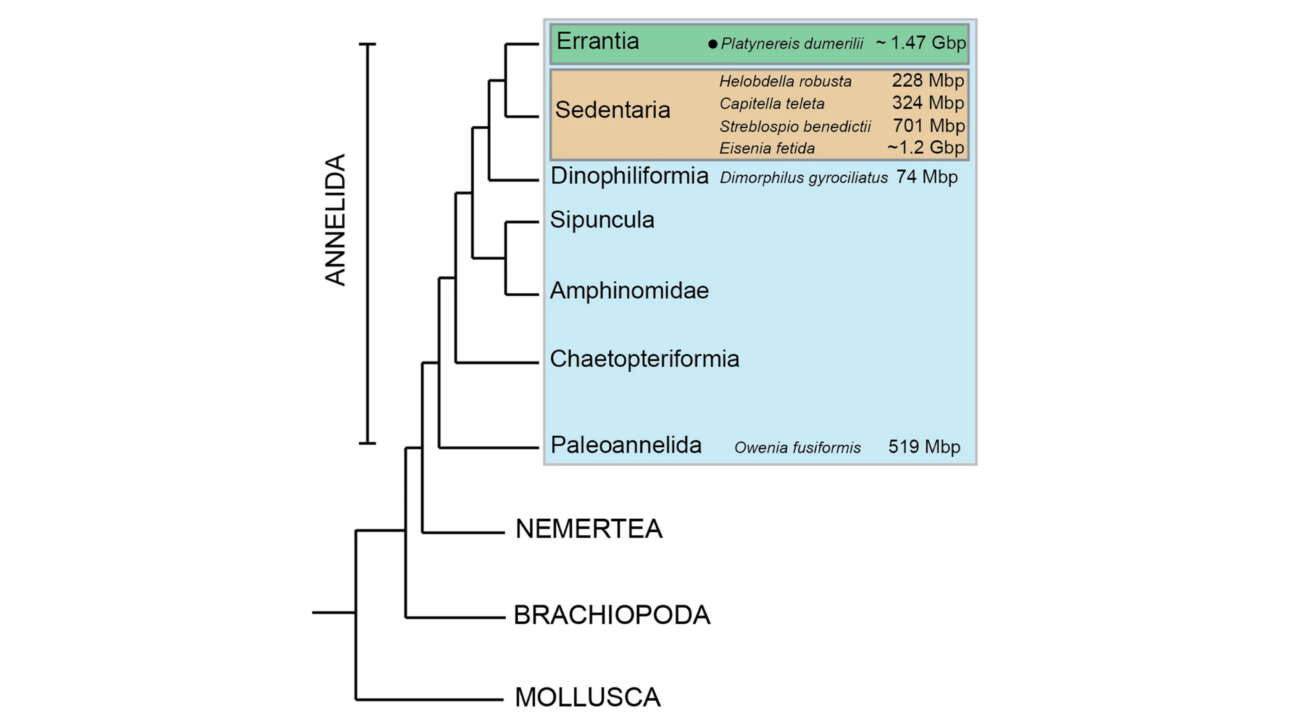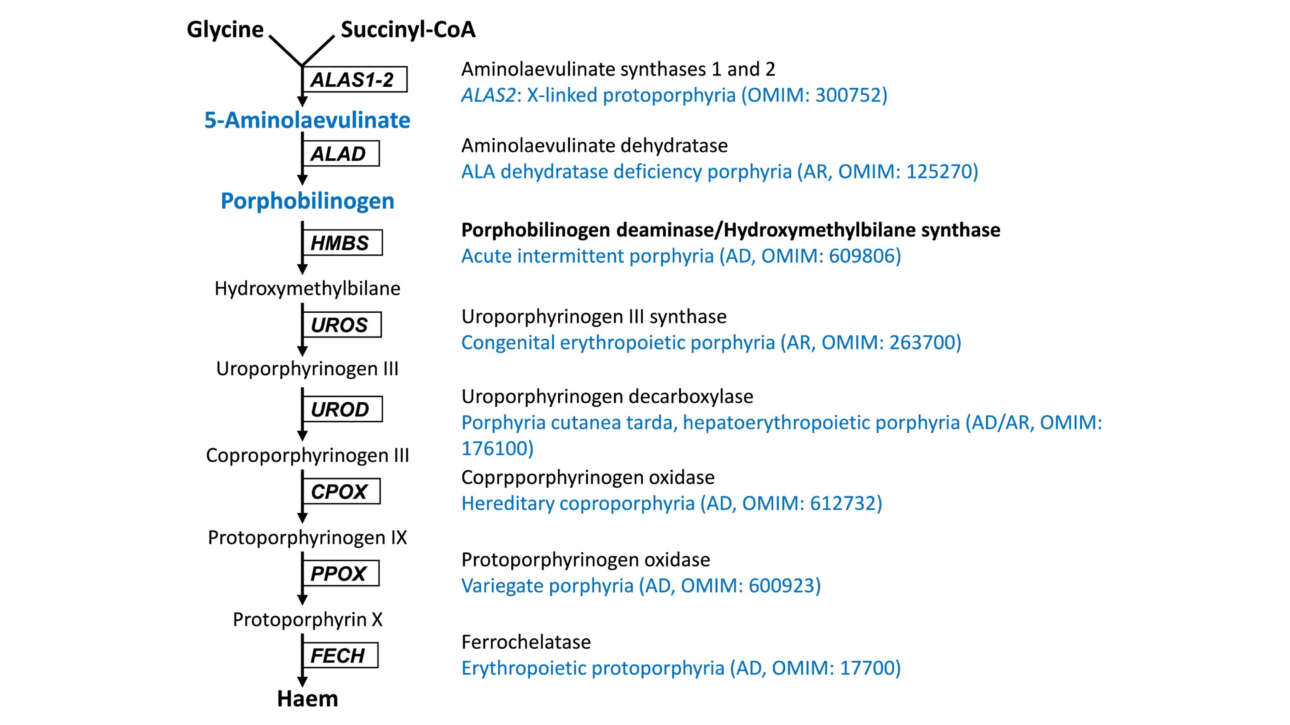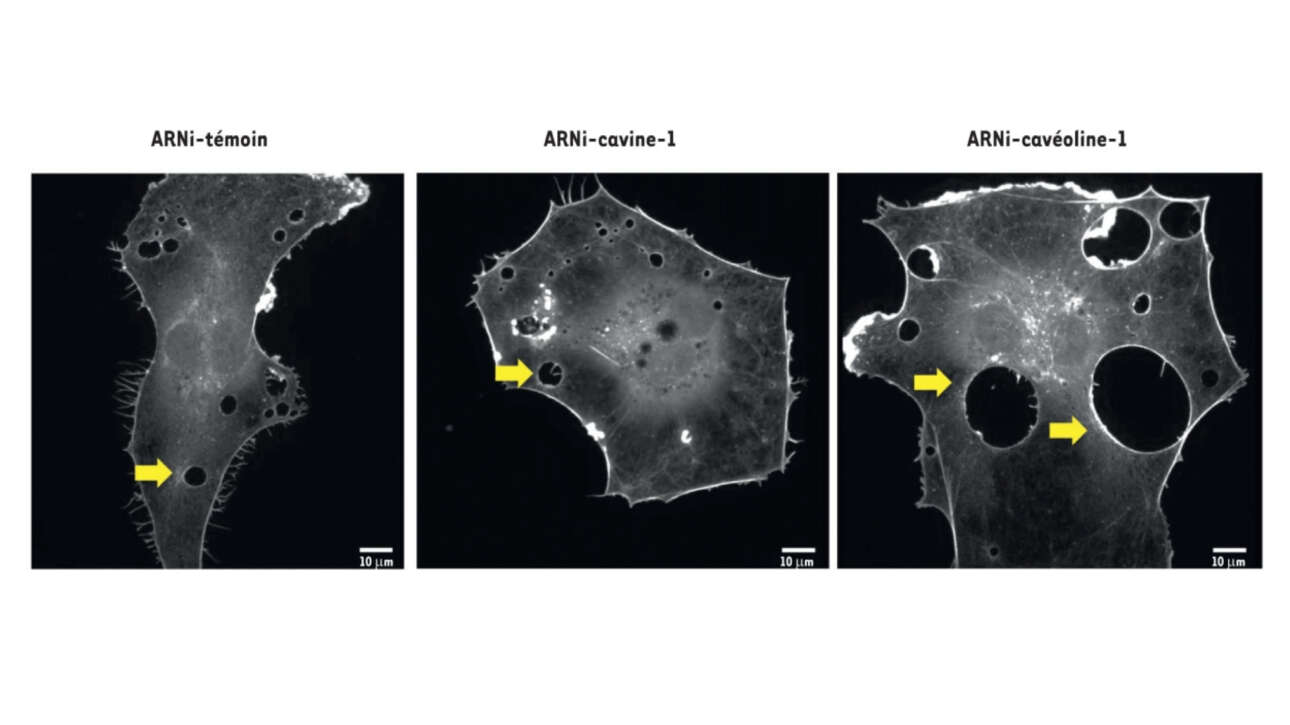The Romet-Lemonne/Jégou Lab published a new nouvel article in The European Physical Journal E:
Probing protein–protein interactions with drag flow: a case study of F-actin and tropomyosin
Abstract:
Tropomyosins are central regulators of the actin cytoskeleton, controlling the binding and activity of the other actin binding proteins. The interaction between tropomyosin and actin is quite unique:…
